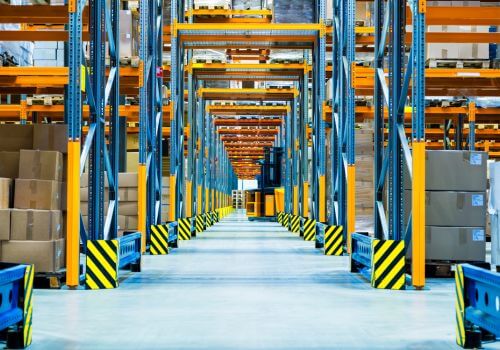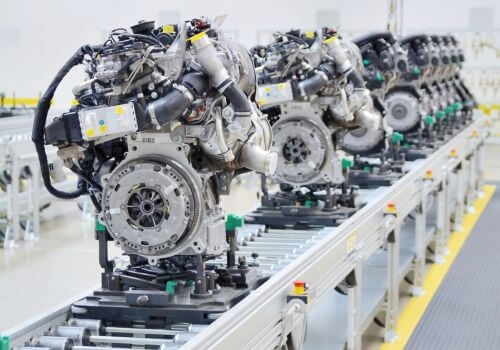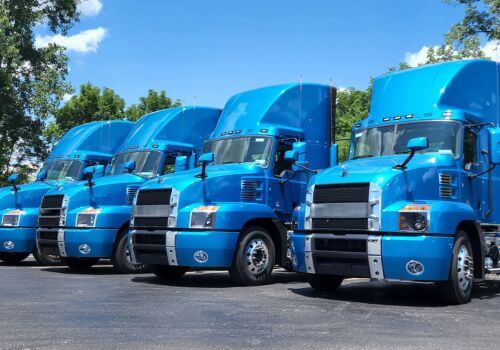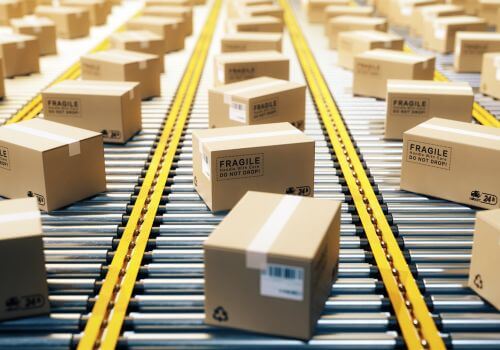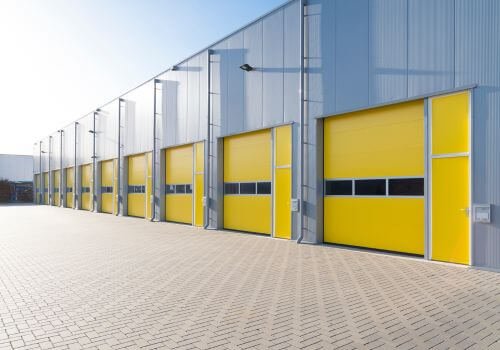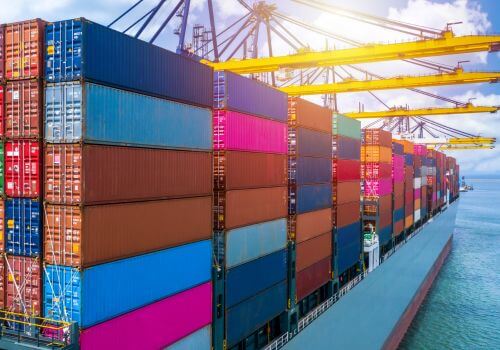What is Economic Order Quantity (EOQ)?
Economic Order Quantity is a calculation used in inventory management to determine the ideal order quantity that a company should purchase to minimize its total costs related to ordering, receiving, and holding inventory. In simpler terms, it’s the sweet spot where you order just enough inventory to meet demand without overstocking or understocking.
The EOQ model was developed by Ford W. Harris in 1913, but its principles remain relevant and widely used in modern logistics and supply chain management. The beauty of EOQ lies in its ability to balance two competing costs:
- Ordering costs: The expenses associated with placing an order, such as paperwork, shipping, and handling.
- Holding costs: The costs of storing and maintaining inventory, including warehouse space, insurance, and potential obsolescence.
By finding the optimal balance between these two costs, companies can minimize their total inventory-related expenses.
Why is EOQ important in logistics?
Now that we have a basic understanding of what EOQ is, let’s explore why it’s so crucial in logistics.
- Cost reduction: By optimizing order quantities, companies can significantly reduce their overall inventory costs, freeing up capital for other investments.
- Improved cash flow: EOQ helps prevent overstocking, which ties up less cash in inventory, improving a company's liquidity.
- Enhanced efficiency: With the right amount of inventory on hand, businesses can operate more smoothly, reducing stockouts and excess inventory.
- Better decision making: EOQ provides a data-driven approach to inventory management, enabling more informed decisions about ordering and stocking.
- Increased competitiveness: By minimizing costs and improving efficiency, companies can offer better prices or invest in other areas of their business, gaining a competitive edge.
How do you calculate EOQ? The formula
At the heart of the EOQ concept is a mathematical formula. Don’t let this scare you – we’ll break it down step by step:
EOQ = √[(2 × D × S) / H]
Where:
- D = Annual demand quantity
- S = Setup cost (or ordering cost) per order
- H = Holding cost per unit per year
Let’s look at each component:
- Annual demand quantity (D): This is the total number of units you expect to sell or use in a year. For example, if you sell 100 widgets per month, your annual demand would be 1,200 units.
- Setup cost (S): This is the cost associated with placing and receiving an order. It includes expenses like paperwork, shipping, and handling. Let’s say it costs $50 to place and receive each order.
- Holding cost (H): This is the cost of storing one unit of inventory for one year. It includes warehouse space, insurance, and potential obsolescence. For instance, if it costs $5 to store one widget for a year.
Now, let’s put these numbers into our formula:
EOQ = √[(2 × 1,200 × $50) / $5]
EOQ = √(120,000 / 5)
EOQ = √24,000
EOQ ≈ 155 units
This means that the optimal order quantity for this example would be about 155 units per order.
6 real-world examples of EOQ
Understanding the theory of Economic Order Quantity is crucial, but seeing how it applies in real-world situations can really bring the concept to life. Let’s explore some practical applications of EOQ across various industries.
1. Retail
Imagine you’re managing a trendy clothing boutique. You need to stock the latest styles, but you don’t want to end up with a warehouse full of last season’s unsold inventory. This is where EOQ shines:
- You can use EOQ to determine the optimal order quantity for each clothing item.
- For basics like plain t-shirts that sell consistently year-round, your EOQ might be higher.
- For seasonal items like swimwear, you’d adjust your EOQ calculations to account for the shorter selling period.
By applying EOQ, you can keep your store stocked with the right amount of inventory, reducing the risk of stockouts during peak times or being stuck with excess inventory when demand drops.
2. Manufacturing
Let’s switch gears to a car manufacturing plant. Here, EOQ plays a crucial role in maintaining a smooth production flow:
- For components like tires, which are used in large quantities and have a stable demand, EOQ can help determine the most cost-effective order size.
- With more expensive or bulky parts like engines, EOQ calculations might lead to smaller, more frequent orders to balance storage costs with the need for continuous production.
By optimizing order quantities for various components, the manufacturer can reduce storage costs, minimize production interruptions, and maintain efficiency.
3. Restaurants
Even in the fast-paced world of restaurants, EOQ has its place. Consider a popular pizzeria:
- For non-perishable items like napkins or to-go boxes, EOQ can help determine larger, less frequent orders to save on ordering costs.
- For fresh ingredients like vegetables or cheese, EOQ calculations would be balanced with shelf life considerations, potentially leading to smaller, more frequent orders.
By applying EOQ principles, the restaurant can reduce food waste, ensure ingredient freshness, and keep costs under control.
4. E-commerce
In the world of online retail, effective inventory management is key to success. An e-commerce company selling electronics could use EOQ to:
- Optimize stock levels for popular items, ensuring they can fulfill orders quickly without overstocking.
- Manage inventory for accessories and add-ons, which might have different demand patterns than main products.
EOQ helps e-commerce businesses balance the need for quick shipping with the costs of warehousing and potential obsolescence in the fast-moving tech world.
5. Pharmaceuticals
In the critical field of pharmaceuticals, EOQ takes on added importance:
- For over-the-counter medications with steady demand, EOQ can help pharmacies and hospitals maintain optimal stock levels.
- With prescription drugs, especially those with shorter shelf lives, EOQ calculations would be adjusted to account for expiration dates and variable demand.
By applying EOQ, healthcare providers can ensure they have life-saving medications on hand when needed, while minimizing waste due to expired products.
6. Agriculture
Even in agriculture, EOQ has its applications. A large farm could use EOQ principles to:
- Determine optimal ordering quantities for seeds, fertilizers, and pesticides.
- Balance the need for equipment availability with the costs of owning versus renting machinery.
By applying EOQ concepts, farmers can manage their inputs more efficiently, potentially leading to cost savings and improved crop yields.
In summary, Economic Order Quantity (EOQ) is a strategic inventory management calculation that helps businesses determine the ideal order quantity that minimizes total inventory costs by balancing ordering and holding expenses while meeting customer demand efficiently.

